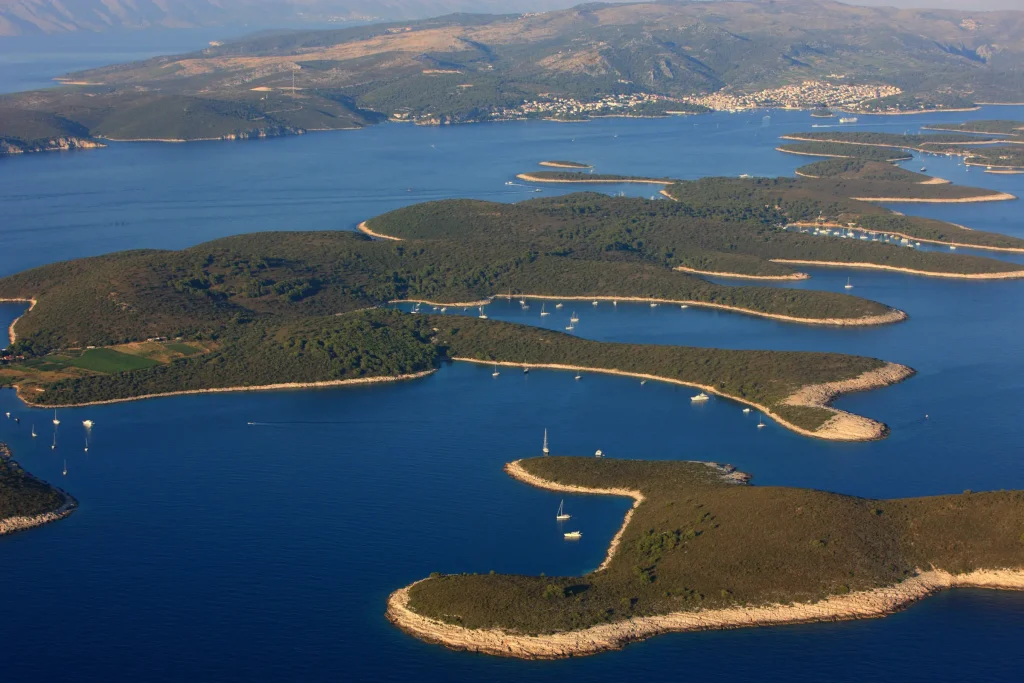The Ministry implements the program once a year, and its goal is to enable island communities to implement small capital infrastructure projects in an attempt to systematically reduce regional development inequalities and differences in Croatia.
This year, a total of 56 projects were selected. Along with the 15 projects in Split-Dalmatia County another 41 projects were selected for Primorje-Gorski Kotar, Lika-Senj, Zadar, Šibenik-Knin, and Dubrovnik-Neretva counties.
“These funds are for investments in the small municipal infrastructure that makes everyday life easier. Islanders are having their settlements beautified and in some way the level of development raised, but we know that the needs to live on the islands are much bigger,” said Tramišak.
She underscored that, along with state funds, a total of €150 million will be available from the European Regional Development Fund, because the Integrated Territorial Programme for Islands in the period from 2021 to 2027 is one of the programs planned for funding in the new European Union program period.
This year the Island Development Programme received a record number of applications, Tramišak underscored.
“There are more and more applications, both from local government units and businessmen, more than 500 this year. This is a sign to us that we need to further strengthen and increase these programs,” she said.
The state budget for 2022 has HRK 17.6 million available for the Island Development Programme.
Among the selected projects in Split-Dalmatia County, the largest possible amount of HRK 450,000 was allocated for the completion of the Pučišća Stonemason’s School on the island of Brač, the reconstruction and energy renovation of the Starine Business Zone on Vis island, a playground next to the kindergarten in Bol on Brač, and the second phase of construction and equipping the Borići Park in Nerežišće. Other projects will be financed with amounts of HRK 105,000 to 420,000.
For more, check out our politics section.









